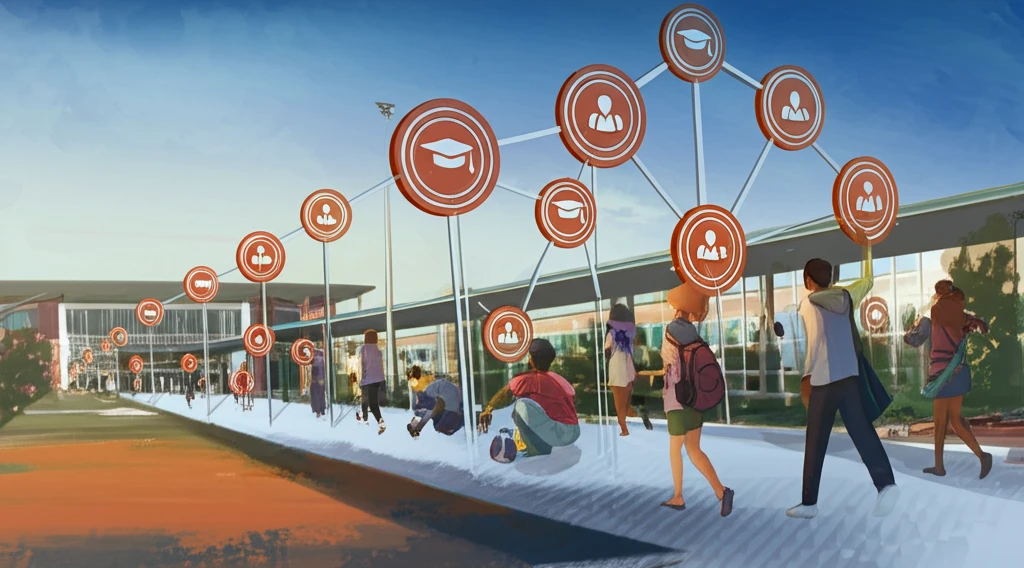
Unlock Your Potential: How Mentoring Bridges the Social Capital Gap in Community Colleges
"Discover how integrating mentorship programs into community college curricula can empower first-generation and low-income students to build essential networks and achieve career success."
In today's competitive world, success isn't solely about what you know, but also about who you know. Skills, occupational identity, and social capital are the three pillars upon which successful careers are built, according to Fischer et al. (2018). While higher education institutions often focus on developing skills, the significance of occupational identity and social capital is frequently underestimated. Social capital, in particular, can be complex and costly to cultivate, leaving many students at a disadvantage.
Recognizing this gap, a new wave of research and innovative programs is emerging to address the social capital deficit, particularly among first-generation and underrepresented students. NSF-supported research is evaluating the effectiveness of a mentoring program integrated directly into course instruction within California Community Colleges. This approach aims to democratize access to social capital, making it an integral part of the educational experience.
This article dives into the groundbreaking work being done in California community colleges to integrate mentoring programs into the curriculum. By formalizing mentorship, these institutions are actively working to level the playing field, ensuring that all students have the opportunity to build the networks and relationships necessary for career advancement.
Why Social Capital Matters: Bridging the Gap for Community College Students

Social capital research has consistently demonstrated the value of relationships and networks in enhancing opportunities for first-generation and underrepresented students (Beals et al., 2021). As Mario Luis Small, a sociologist at Harvard University, articulated, institutions for higher education (IHE) can act as brokers of social capital (Small, 2009). The key is to intentionally integrate mentorship into the educational fabric.
- Increased Self-Efficacy: Mentoring programs boost students' confidence in their skills and abilities.
- Expanded Occupational Identities: Near-peer role models broaden students' perceptions of career possibilities.
- Valuable Relationships: Mentorship fosters connections that contribute to students' social capital.
The Future of Mentoring: Integrating Social Capital into the Classroom
The research from California community colleges provides a compelling model for other institutions seeking to enhance student success. By reframing mentoring as a core component of instruction, colleges can equip students with the social capital they need to thrive in their careers and beyond. This proactive approach not only levels the playing field but also empowers students to become active agents in their own success stories.
